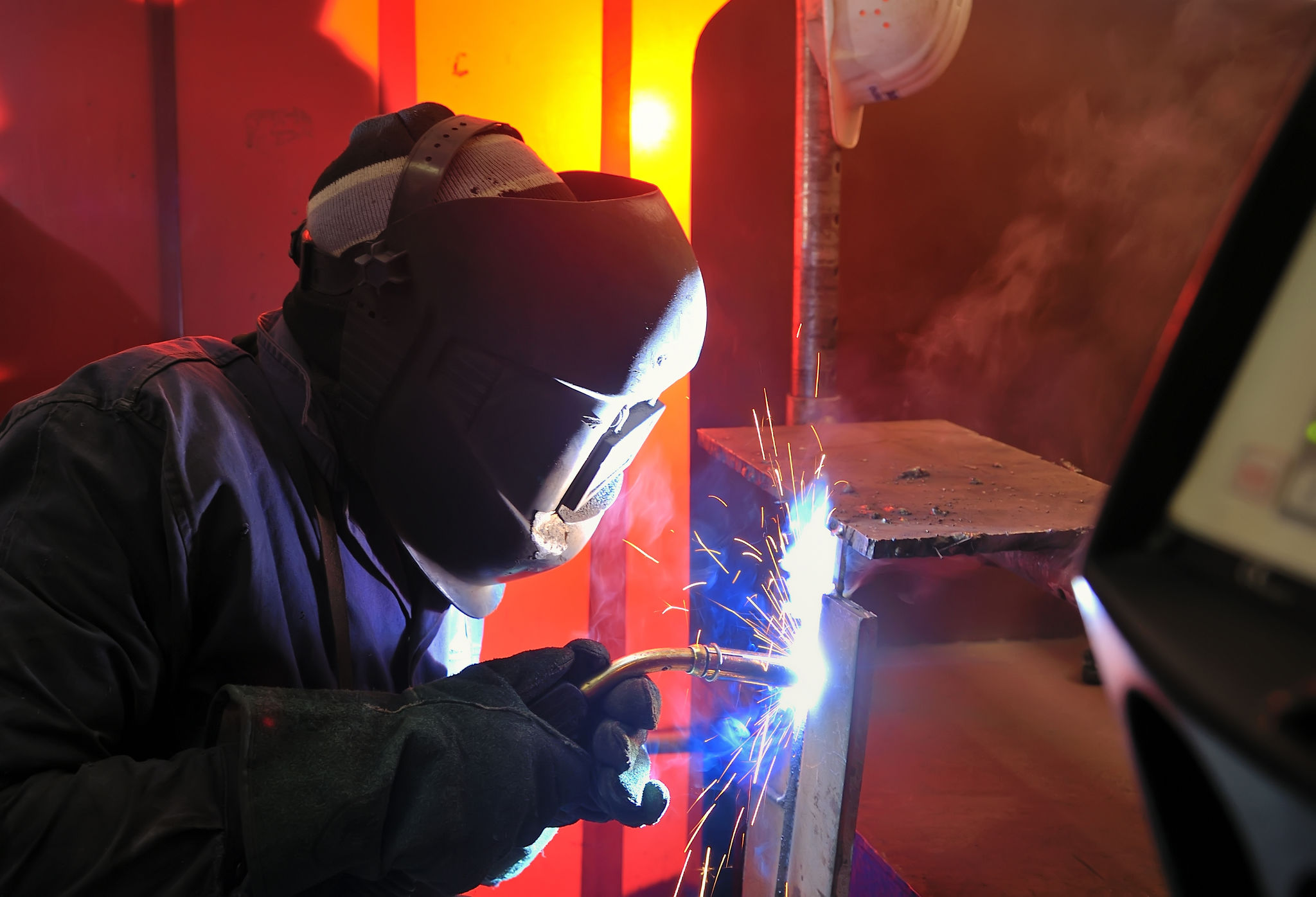Understanding the Different Types of Welding Techniques
Introduction to Welding Techniques
Welding is a crucial skill in various industries, from construction to automotive manufacturing. Understanding the different types of welding techniques is essential for professionals in these fields, as each method offers unique strengths and applications. This post aims to explore some of the most common welding techniques, helping you make informed decisions for your projects.

Shielded Metal Arc Welding (SMAW)
Also known as stick welding, Shielded Metal Arc Welding (SMAW) is one of the oldest and most widely used welding techniques. It involves using a consumable electrode coated in flux to lay the weld. As the electrode melts, it forms a weld pool and fuses with the workpiece. The flux coating disintegrates, creating a protective gas shield and slag to protect the weld from contaminants.
SMAW is versatile and can be used on various metals, including steel and iron. It's particularly beneficial for outdoor use because of its resistance to wind and its ability to weld on rusty or dirty surfaces.
Gas Metal Arc Welding (GMAW)
Gas Metal Arc Welding (GMAW), commonly referred to as MIG (Metal Inert Gas) welding, uses a continuous wire feed as an electrode and an inert gas such as argon to shield the weld from atmospheric contamination. This process is known for its speed and ease of use, making it popular in industrial settings.

MIG welding is suitable for thin materials and non-ferrous metals like aluminum. It provides a cleaner weld with less spatter compared to SMAW, which makes it ideal for projects where aesthetics are a priority.
Tungsten Inert Gas Welding (TIG)
Tungsten Inert Gas (TIG) welding, also known as Gas Tungsten Arc Welding (GTAW), uses a non-consumable tungsten electrode to produce the weld. An inert gas, usually argon, protects the weld area from oxidation and contamination. TIG welding is known for its precision and ability to produce high-quality welds.
This technique is often used for thin materials and non-ferrous metals, like aluminum and copper alloys. The control it offers makes it ideal for intricate work or projects requiring strong, clean welds.

Flux-Cored Arc Welding (FCAW)
Flux-Cored Arc Welding (FCAW) is similar to MIG welding but uses a special tubular wire filled with flux instead of solid wire. This allows for self-shielding or dual-shielding with an external gas. FCAW is particularly effective for welding thicker materials.
This method is advantageous in construction due to its high deposition rate and ability to weld in all positions. However, it can produce more smoke and requires more cleanup compared to other methods.
Choosing the Right Technique
Selecting the appropriate welding technique depends on several factors, including the type of material, the environment, and the required strength of the weld. Here are some considerations:
- Material Type: Ensure compatibility between the welding method and the materials being joined.
- Environment: Consider whether the work will be indoors or outdoors, as some techniques are more resistant to wind and weather conditions.
- Skill Level: Some techniques require more expertise and precision than others.

Conclusion
Understanding the different types of welding techniques allows you to choose the best method for your specific project needs. Whether it's SMAW for its versatility, MIG for its speed, TIG for precision, or FCAW for heavy-duty applications, each technique has its place in the world of welding. As you gain experience and knowledge, you'll be better equipped to tackle various welding challenges with confidence.